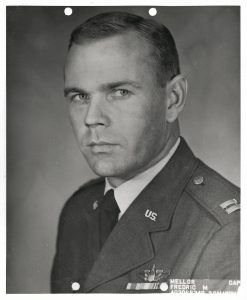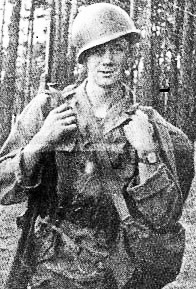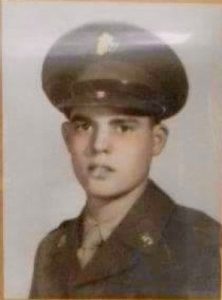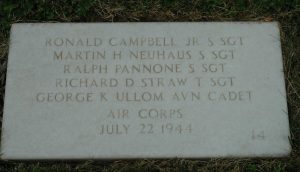Banek, Lawrence Benjamin
Army Corporal

Lawrence Benjamin Banek, age 22, from Cumberland, Rhode Island.
Service era: Vietnam
Military history: 35th Infantry Regiment
Date of death: Friday, September 27, 1968
Death details: Killed by small arms fire, Quang Duc Province. Bronze Star citation: For heroism in connection with military operations against a hostile force in the Republic of Vietnam. Private First Class Banek distinguished himself while serving as a Rifleman with D, 2/35th Infantry. On 27 September 1968, Company D was called to the aid of a five-man listening and observation post which made contact with a large enemy force in a well-camouflaged bunker complex. Private First Class Banek’s company, upon reaching the beleaguered patrol, was immediately placed under a devastating barrage of light weapons and grenade fire. Private First Class Banek immediately upon contact moved out to the flank to provide security for the point element. With complete disregard for his personal safety, he moved well out in front of the maneuvering element and engaged the enemy. Private First Class Banek eliminated several enemy soldiers by firing his weapon and throwing hand grenades into the brunt of the attack aimed at his position. Private First Class Banek continued his support and cover of the other elements until he was mortally wounded by the intense enemy fire. Private First Class Banek’s exceptional courage, personal bravery, and complete devotion to duty are in keeping with the highest traditions of the military service and reflect great credit upon himself, his unit, and the united States Army.
Cemetery: Mount Calvary, Cumberland
Source: National Archives, 35th Infantry Regiment Association



